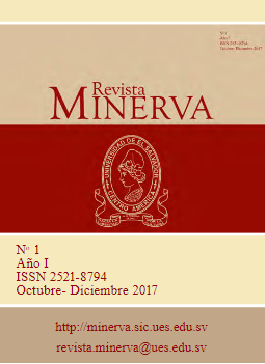Comportamiento a la fatiga de un cobre refinado sin y con severa deformación mediante Presión en Canal Angular Constante.
Resumen
Se realizó una investigación con el fin de estudiar el efecto de la severa deformación plástica mediante Presión en Canal Angular Constante (ECAP) en un cobre refinado, sobre el comportamiento a la fatiga. Los especímenes se recocieron y la mitad de éstos se deformaron mediante 8 pases siguiendo la ruta Bc, obteniendo un tamaño de grano micrométrico. El Cu deformado severamente presentó un incremento en el esfuerzo de fluencia y esfuerzo a carga máxima. Los ensayos de fatiga se realizaron en una máquina de carga axial aplicando ciclos de esfuerzo fluctuante a frecuencia de 150 Hz. Se obtuvo un incremento en la vida a la fatiga. Mediante un estudio fractográfico se observó que las grietas de fatiga tienen sus inicios en la superficie libre de la probeta, con lo cual se puede concluir que el incremento en el comportamiento a la fatiga es debido a la severa deformación plástica.
An investigation has been carried out in order to study the effect of severe plastic deformation by Equal Channel Angular Pressing (ECAP) in a refined copper on fatigue behavior. Specimens were annealed and half of them were deformed through 8 ECAP passes following the route Bc, obtaining an ultrafine grain size. The severely deformed Cu showed an increase in the yield stress and tensile strength. The fatigue tests were performed on an axial load machine applying fluctuating stress cycles at 150 Hz frequency. An increase in fatigue life was obtained. By fractographic study it was found that fatigue cracks have their beginnings in the free surface of the specimens, thus it can be concluded that the increase in the fatigue behavior is due to the severe plastic deformatio
Descargas
Referencias
Howe, A.A. (2000). Materials Science and Technology, vol 16, 1264-1266.
Segal, V.M. (1993). Proc. First Int. Conference on Processing Materials for Properties, Eds por H. Henein y T.Oki, TMS, 947-949.
Segal, V.M., Goforth, R.E. & Hartwig, K.T. (1993). Proc. First Int. Conference on Processing Materials for Properties, Eds por H. Henein y T.Oki, TMS, 971-973.
Segal, V.M. (1995). Materials Science and Engineering, A197, 157-164.
Segal, V.M. (1999). Materials Science and Engineering, A271, 322-333.
Horita, Z., Furukawa, M., Nemoto M. & Langdon, T. G. (2000). Materials Science and Technology, vol 16, 1239-1245.
Han, S.Z., Goto, M.; Lim, C., Kim, C.J. & Kim, S. (2007). Journal of Alloys and Compounds 434–435, 304-306.
Goto, M., Han, S.Z., Yakushiji, T.; Kim, S.S. & Lim, C.Y. (2008). International Journal of Fatigue, 30, 1333-1344


